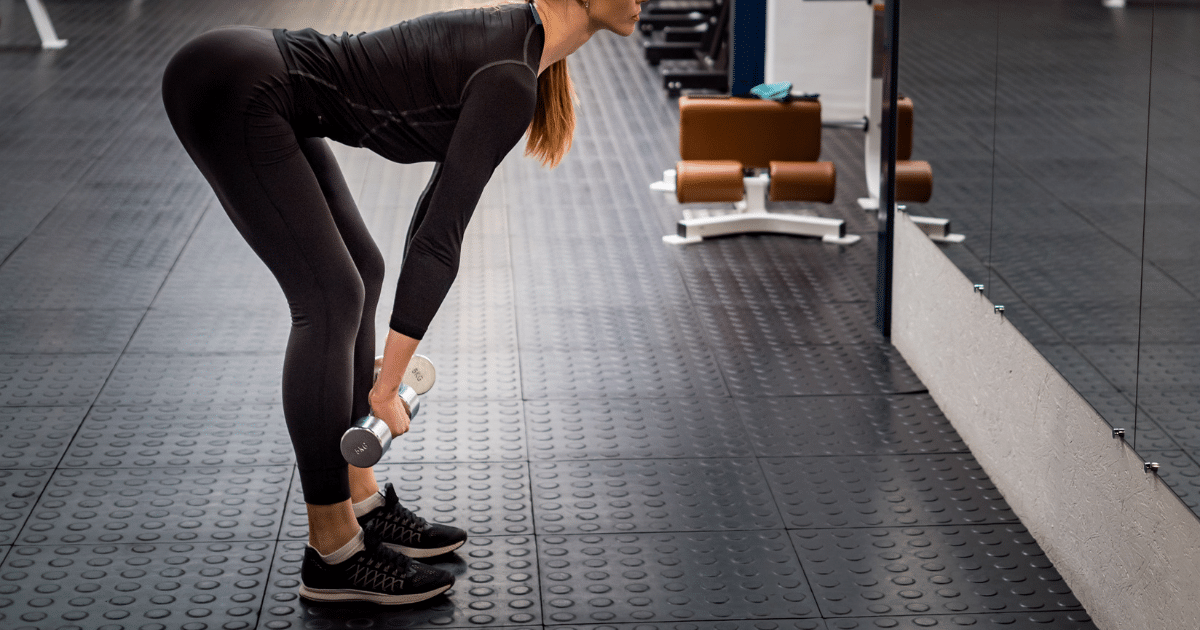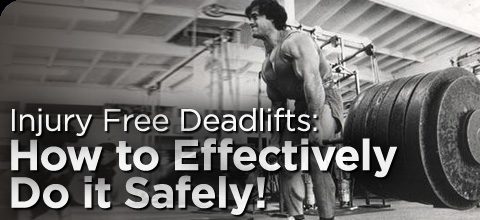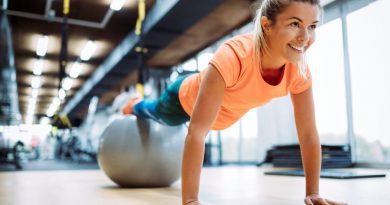Injury Free Deadlift: How to Effectively Do it Safely
The deadlift is a powerhouse exercise, but if your form is off, you risk serious injury. A bad lift can sideline you for weeks or even months, especially with back issues. In my years as a certified strength and conditioning coach, I’ve seen how mastering the proper technique is the key to unlocking its benefits safely.
This guide will show you exactly how to execute a powerful and injury-free deadlift. We’ll break down the form for the conventional deadlift and its variations step-by-step.
The deadlift is a foundational full-body exercise that primarily develops your hamstrings, glutes, and entire back. The movement involves pulling weight from the floor until you are standing fully upright. The single most important rule is to keep your back straight to protect your spine.
To begin, think about sitting back into a chair. This helps you hinge at your hips instead of rounding your lower back. You’ll want a firm grip on the bar, and you can use lifting straps from brands like Harbinger or Gymreapers if you find your grip failing on heavy sets.
A mixed grip, with one hand over and one hand under, is a common technique to prevent the bar from rolling. From there, you will drive the weight up by pushing through your heels.
Related Article: The Worst Fitness Injuries and What To Do About Them
In your starting position, your thighs should be roughly parallel to the floor. Your knees should be stacked directly over your feet. Make sure your knees don’t track out past your toes.
You need to keep your butt low to the ground. A tell-tale sign of lifting too much weight is your butt shooting up before the bar moves, which forces your back to do all the work. This is a dangerous position that can lead to injury.
The lift itself needs to be powerful and explosive. Use your glutes and quads to push the floor away. You should think of the deadlift as a “push” movement with your legs, not a “pull” movement with your arms and back.
Disclaimer: This article is for informational purposes only and is not meant to treat or diagnose any condition. It is recommended that you speak with your doctor before starting any exercise program, changing your daily nutrition, or adding any supplements to your regimen.
The Stiff-Leg Deadlift vs. The Romanian Deadlift (RDL)
The stiff-leg deadlift (SLDL) is a tricky variation that heavily targets the hamstrings. You’ll start with a shoulder-width stance, with your feet pointed straight ahead or slightly angled out. Find the foot position that gives you the most stability, as this will allow you to lift more weight safely.
Your feet must stay flat on the floor the entire time.
Related Article: Benefits of the Leg Press for Building Massive Legs
Position the bar so it’s about two inches from your shins. Just like a conventional deadlift, a mixed grip works very well here. Grip the bar just outside your thighs. Again, if grip strength is your limiting factor, use straps.

Keep your spine in a neutral position by allowing your head to follow the line of your body. The weight should be focused on your heels to properly engage your hamstrings and glutes. While the name is “stiff-leg,” you should always maintain a slight, soft bend in your knees to protect the joint.
A popular and often safer alternative is the Romanian Deadlift (RDL). The main difference is that an RDL begins from a standing position, and you lower the bar to about mid-shin level before returning up. An SLDL often starts from the floor and may involve more rounding of the back, which can be risky.
For either lift, as you bring the weight up, you should feel your hamstrings doing the work. The motion feels like you are driving your hips forward. Your shoulders and hips should rise at the same time. If they don’t, you are using too much lower back.
Bring the weight all the way up until you are standing straight. Then, reverse the movement in a controlled manner. A slow, controlled negative not only prevents injuries but also maximizes muscle engagement.
Common Form Issues to Avoid for an Injury-Free Deadlift

Proper form is everything for targeting your hamstrings, glutes, and back effectively. More importantly, it minimizes your risk of injury. Here are the most common form mistakes I see people make.
- Rounding the Back: This is the most dangerous mistake. It places extreme stress on your spinal discs. You must maintain a flat, neutral back throughout the entire lift by engaging your core and lats.
- Bending the Knees Too Much: In a stiff-leg or Romanian deadlift, bending your knees too much turns it into a conventional deadlift. Keep just a slight bend in the knees to maintain tension on the hamstrings.
- Letting the Bar Drift Away: The barbell should practically drag up your shins and thighs. Allowing it to drift forward puts immense strain on your lower back and is a very inefficient way to lift.
- Hyperextending at the Top: Leaning back and over-arching your spine at the top of the lift is unnecessary and can compress your lumbar spine. Stand up straight and squeeze your glutes; don’t perform an exaggerated backward lean.
- Not Performing a Hip Hinge: This movement must be initiated by pushing your hips back. Many lifters squat the weight instead of hinging. Imagine you’re trying to touch a wall behind you with your butt.
- Jerking the Bar from the Floor: You should “pull the slack out” of the bar before you lift. This means creating tension throughout your body and against the bar before it leaves the ground. Jerking it can lead to bicep tears or back injury.
- Not Controlling the Descent: Dropping the weight robs you of half the exercise’s benefit. The eccentric (lowering) phase is crucial for building muscle and strength. Lower the bar with control every time.
- Using Too Much Weight: Ego lifting is the fastest way to get hurt. Start with a lighter weight, perfect your form, and then gradually increase the load. Your body will thank you.
To avoid these issues, I recommend recording yourself from the side to check your form. You can also get guidance from a qualified fitness professional to ensure you’re performing the deadlift correctly and safely.
Frequently Asked Questions
Do I need a weightlifting belt for a deadlift?
A belt can help increase intra-abdominal pressure, which supports your spine during very heavy lifts. For beginners, it’s better to first learn to brace your core properly without one. I suggest using a belt, like those from Pioneer or Inzer, only for your heaviest sets, typically those above 85% of your one-rep max.
What’s the difference between a sumo and conventional deadlift?
The primary difference is foot and hand placement. A conventional deadlift uses a hip-width stance with your hands gripping the bar outside your legs. A sumo deadlift uses a very wide stance with your hands gripping the bar inside your legs. Sumo deadlifts tend to use more quads and glutes, while conventional deadlifts place more emphasis on the hamstrings and lower back.
How often should I deadlift?
Because the deadlift is so demanding on the central nervous system, most people get the best results from deadlifting once per week. Advanced powerlifters might deadlift more frequently, but for general fitness and bodybuilding, once a week is plenty to make consistent progress and allow for adequate recovery.


*Disclosure: This article may contain affiliate links or ads, which means we earn a small commission at no extra cost to you if you make a purchase through these links. These commissions help support the operation and maintenance of our website, allowing us to continue producing free valuable content. Your support is genuinely appreciated, whether you choose to use our links or not. Thank you for being a part of our community and enjoying our content.
PLEASE CONSIDER SHARING THIS ON YOUR SOCIAL MEDIA TO HELP OTHERS LEARN MORE ABOUT THIS TOPIC.





